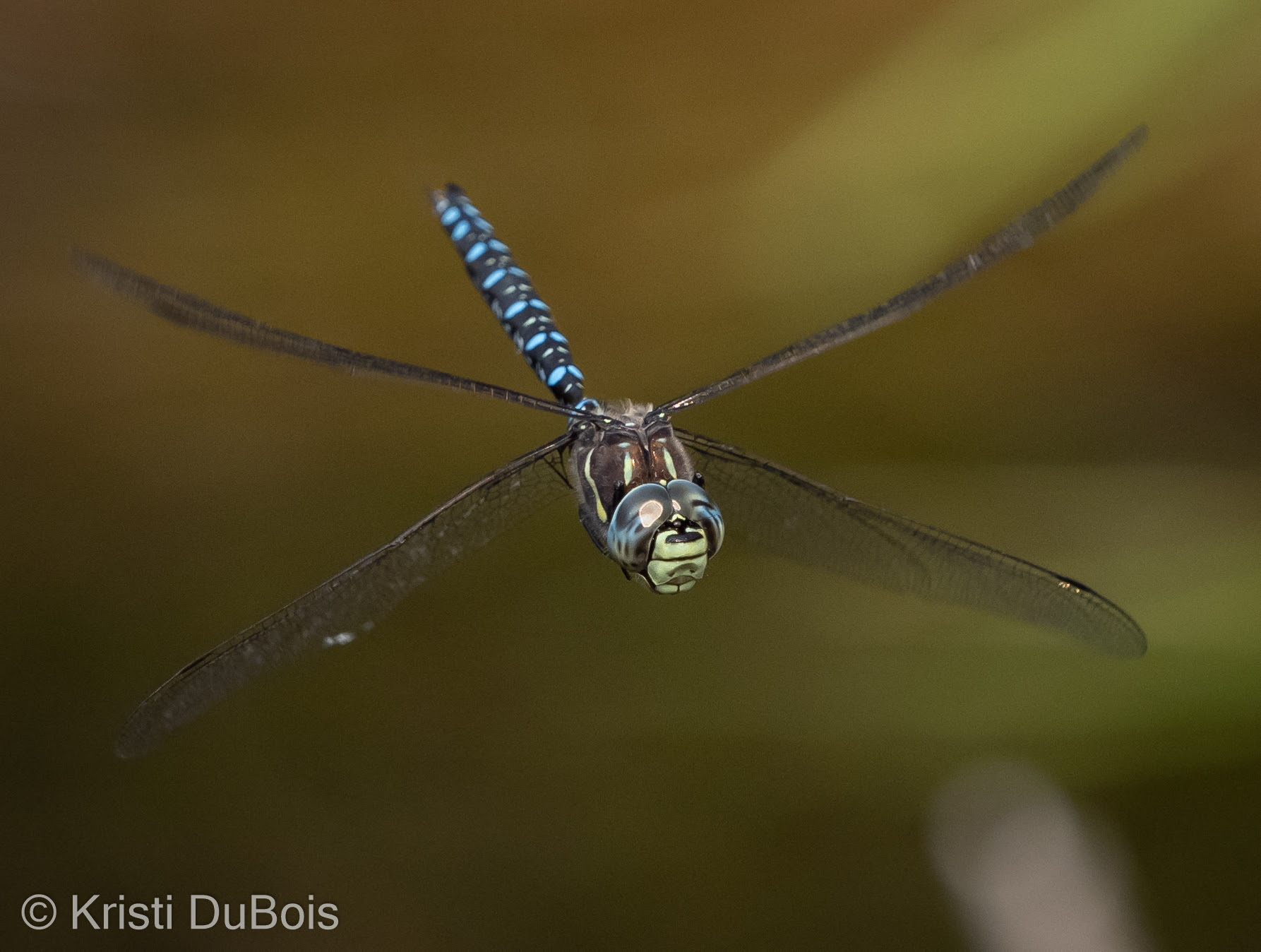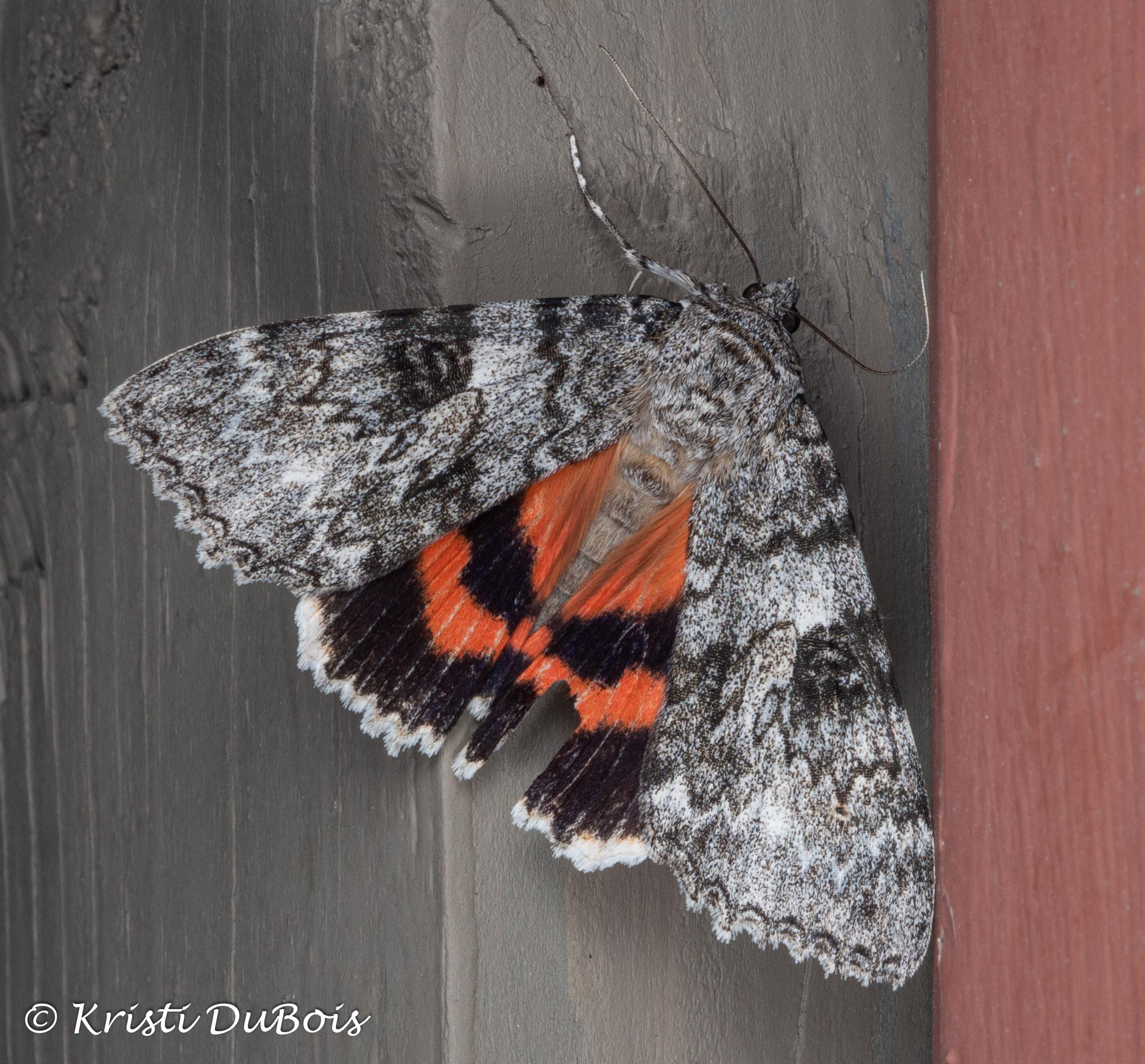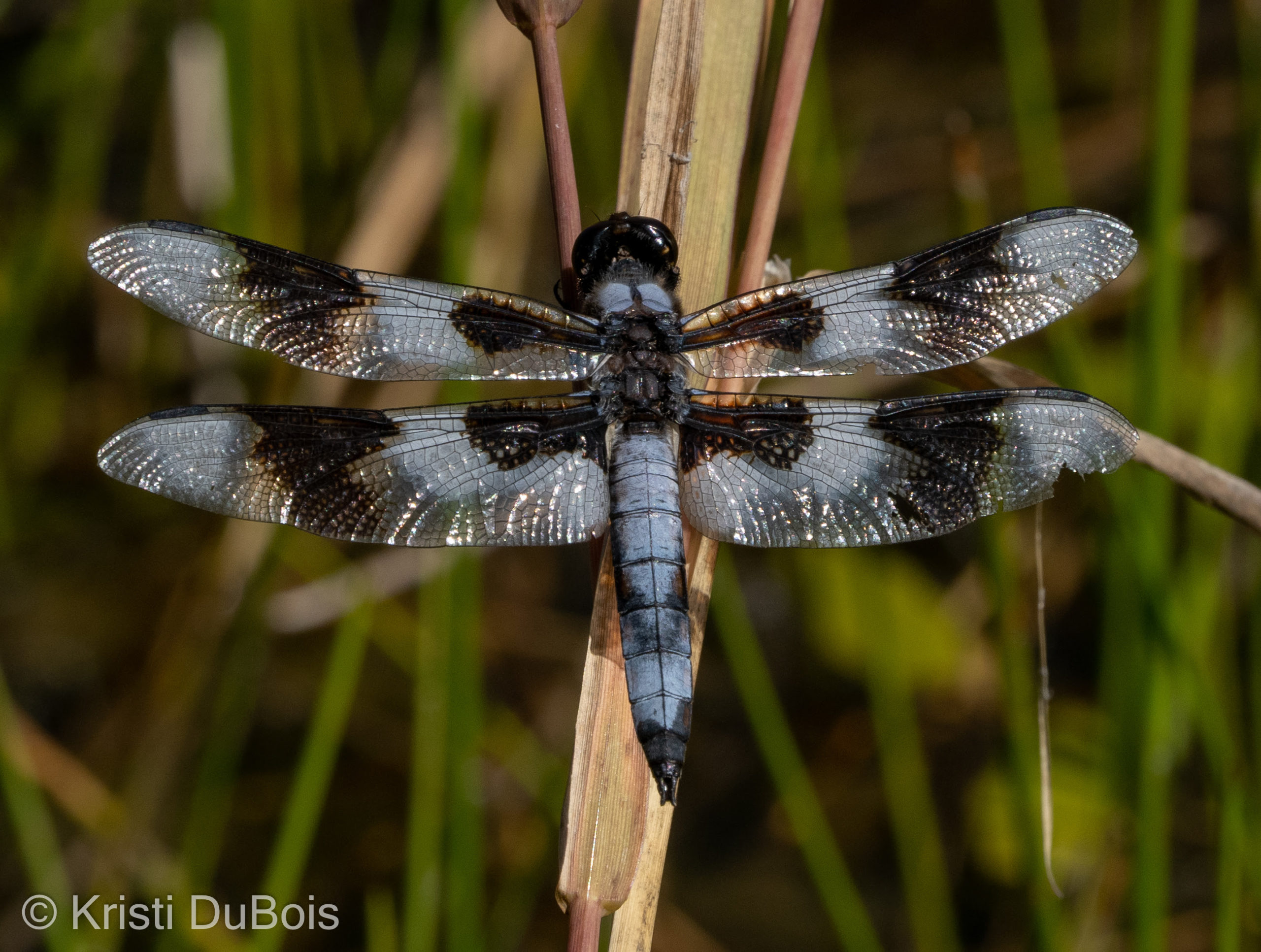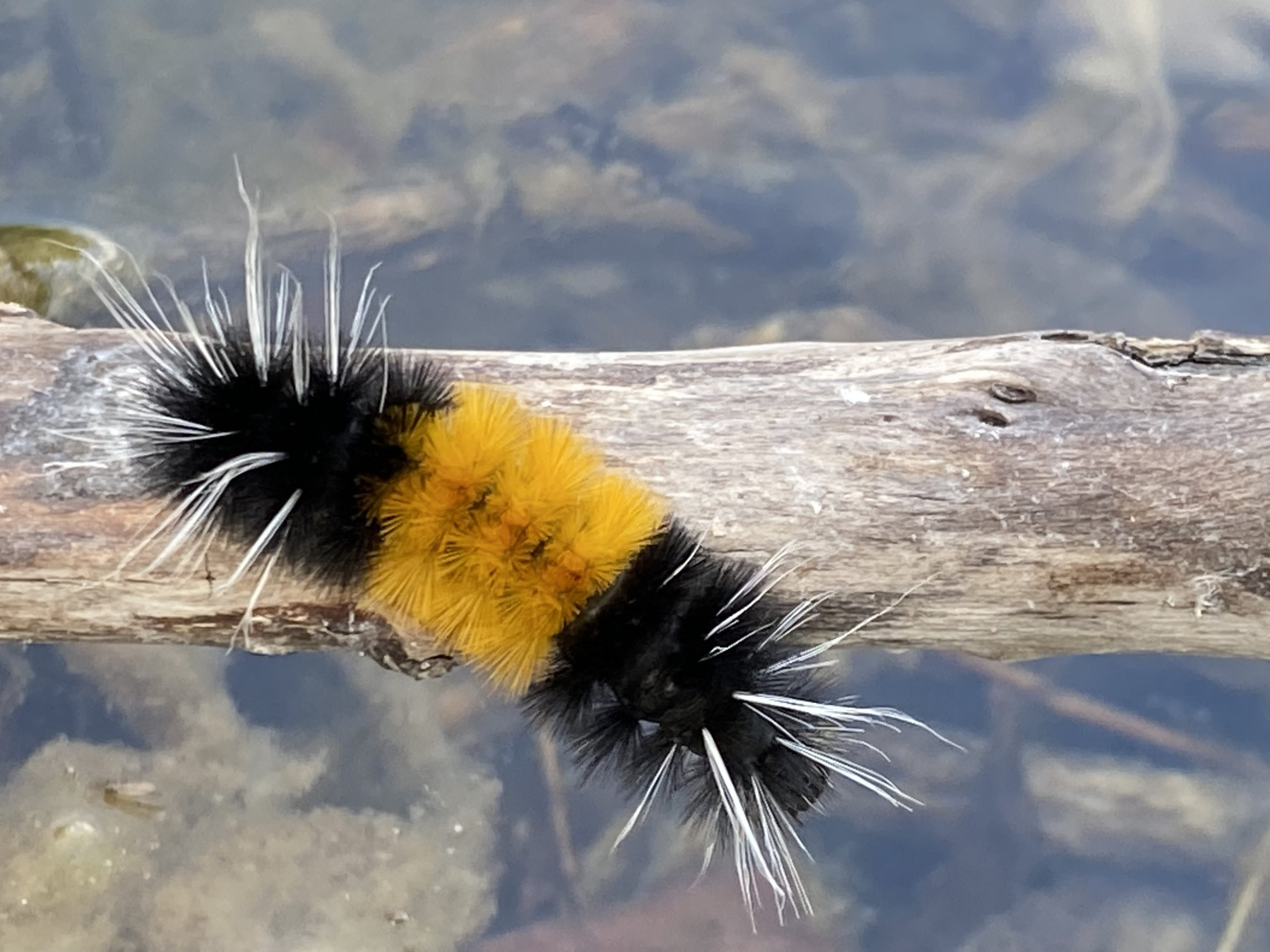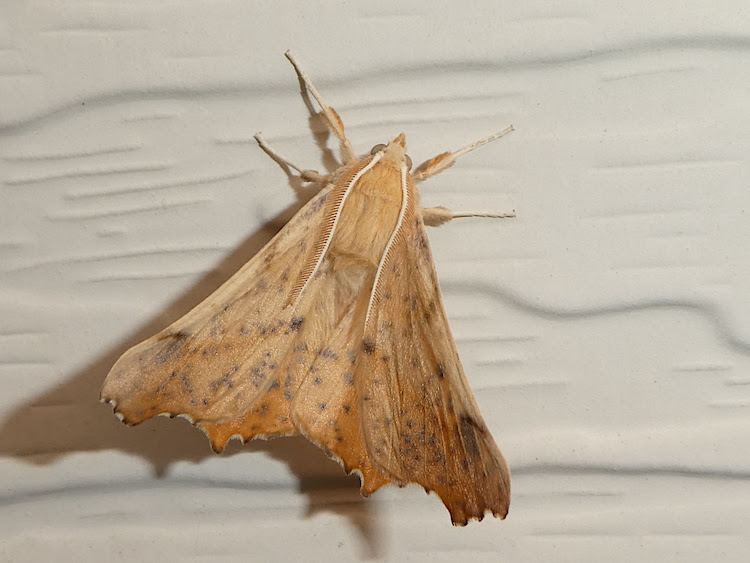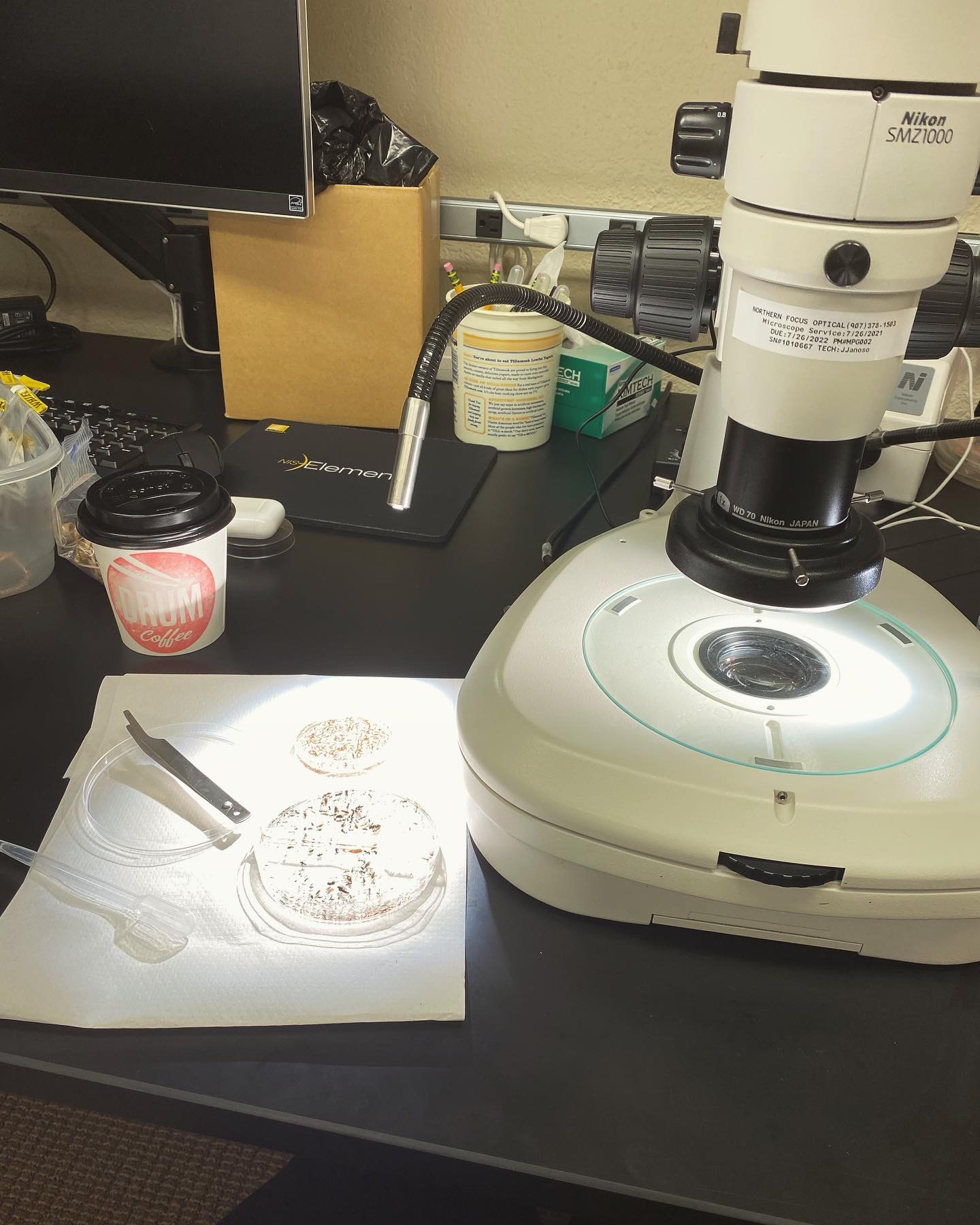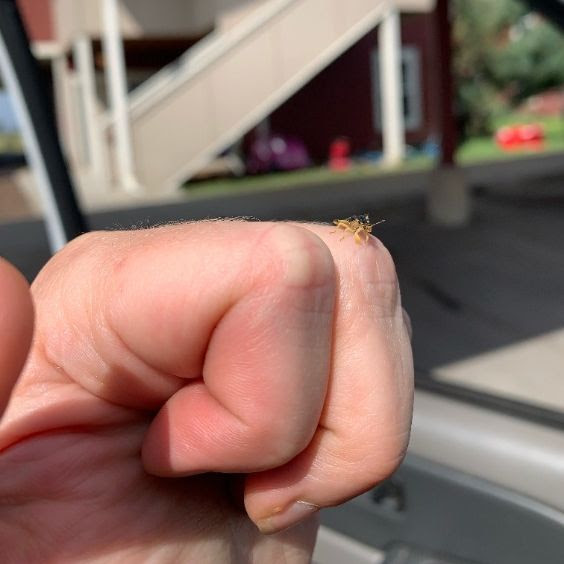Kristi managed to get this lucky shot, showing how the front and rear wings oppose each other in flight. Paddle-tailed Darners are one of the most common darners in Montana and […]
Read MoreArticles by: Butterfly House
Once-married Underwing (Catocala unijuga)
Underwing moths (genus Catocala) are hard to tell apart; our best guess is the Once-married Underwing. We’re sure there’s an interesting story behind how this moth got it’s name …but these large […]
Read MoreCalifornia Tortoiseshell (Nymphalis californica)
This, and the next photo, were taken on the other side of Lolo Pass along the Wild and Scenic Lochsa River. So while not technically in Montana, very close. This was just one of […]
Read MoreEight-spotted Skimmer (Libellula forensis)
This medium-sized dragonfly reaches a length of about 2 inches. They are found west of the Rockies in Canada and the U.S., inhabiting a variety of lakes, ponds, and sloughs. […]
Read MoreSpotted Tussock Moth (Lophocampa maculata)
These caterpillars look like the well-known “wooly bear” caterpillar, but with the addition of long, white hairs coming from the body. They can be found across southern Canada, in the […]
Read MoreMaple Spanworm Moth (Ennomos magnaria)
Autumn leaf or living insect? These delicate looking moths are typically found flying from mid to late summer into early fall when their dried, leaf-like appearance is most helpful for […]
Read MoreNotes from the Lab: 2021 Malaise Trap Survey
Welcome back to the Lab! Field season has come to close and if you’ve been with us since last year, you probably remember our insect abundance survey efforts. Just like last […]
Read MoreThe Chevron (Eulithis testata)
The Chevron is on the wing from June to September in acidic bogs in northern forests—Newfoundland to New Jersey, west to Montana and British Columbia, north to the Yukon and […]
Read MoreJagged Ambush Bug (Phymata americana)
The Jagged Ambush Bug’s forelegs are thick and shaped like those of a praying mantis — perfect for grabbing and holding prey. In the same family as assassin bugs (Reduviidae), […]
Read MoreAnts Tending Aphids
If you find a group of aphids on a plant, you will often find an ant(s) that are “herding” them like cattle. The ants feed on the aphids’ honeydew (a sugar-rich sticky liquid, secreted by the aphids) […]
Read More